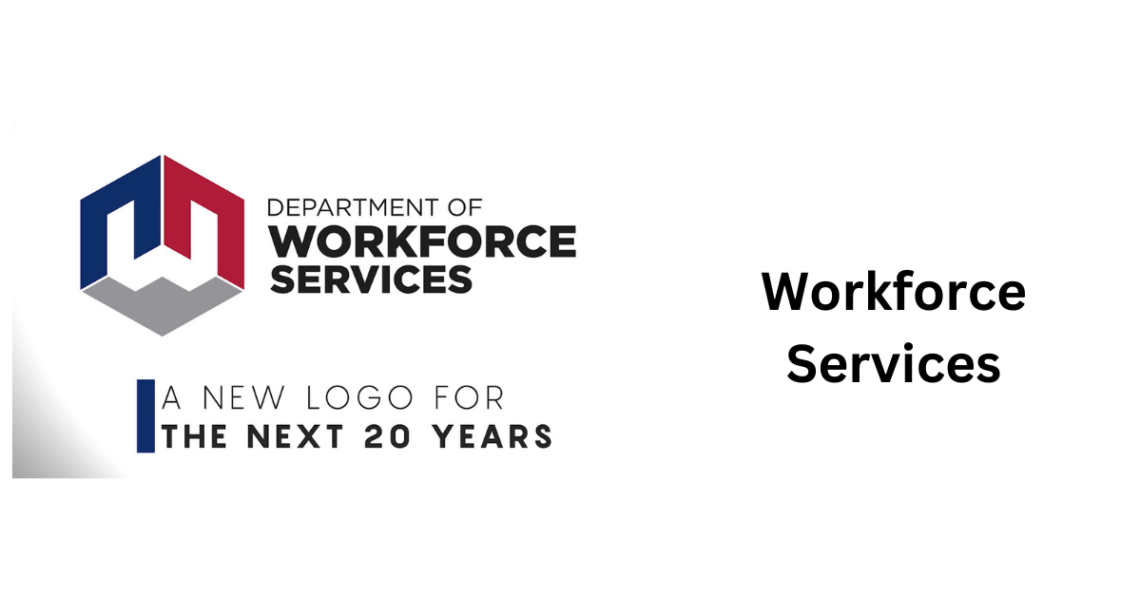
Workforce Services: An Overview of Available Resources
People seeking employment resources can get job search assistance and short-term basic skills training from nonprofit organizations. Such services can prepare the jobseeker for entry-level occupations or case management services.
The organizations can also provide various support, including clothing, transportation, and childcare. Here’s an overview of what workforce services entail and available resources for different groups:
What Are Workforce Services?
Workforce services include career guidance, employability assessment, plan development, and job search assistance. Other components include labor market information, job referral, development and placement, employer outreach, and vocational training.
Some organizations offer basic education, skills and literacy development, paid and unpaid work experience, English as a second language, and more. The organizations can partner with other companies and help with candidate sourcing, short-term placement, and transitional job placement.
What Resources Are Available?
Each state has unique resources for people with unemployed, underemployed, and special needs situations. The services aim to help residents meet their basic needs as they work toward self-sufficiency through gainful employment.
Workforce resources can fall into two broad categories: government and non-government. The local government runs state services within their jurisdictions. Non-government services come from charity organizations that seek to improve lives through the power of work.
Resources from Charity Organizations
Non-governmental charity organizations offer various programs and resources to prepare people for the world of work. The programs help participants build self-esteem and confidence, navigate personal life challenges, and tackle workplace complexities.
Workforce programs and services also give participants the skills to perform actual tasks that employers are hiring for. Each organization is different, but the services generally include the following categories:
- Employment services for people with special needs like autism, brain injury, deaf, intellectual disability, and developmental disability
- Education and literacy programs, including High School Equivalency classes for people who didn’t complete their education
- Career counseling and vocational education for individuals with barriers to employment, like esteem and language issues
- Employment programs and services like community job matches, job placement, transition from school to work, and more
- Senior programs like subsidized part-time training and work experience, employment placement, and supportive services for the elderly
- Skills training programs, including office computer and administrative skills, culinary arts, building maintenance, and PC technician courses
Youth services and support programs like juvenile transition, career counseling, school-to-work transition, job placement, and more
Government Services and Resources
Like charity organizations, governments have unique services to help residents get employment. Every state has independent workforce programs for specific eligible candidates.
Designated departments run the programs, such as Chicago’s Department of Family & Support Services, DFSS. Government services target people with criminal records, at risk of homelessness, or with limited English proficiency.
All states also have programs and services for residents with special needs and other barriers to employment.
The programs aid employment preparation and placement and provide subsidized work experience, industry-specific training, and community re-entry centers. Some states, like Utah, provide unemployment insurance and resources for workers who’ve been laid off due to no fault of their own.
Other Resources and Services
Nonprofit organizations and government services offer the bulk of workforce resources, but jobseekers have many other avenues.
Local community programs and self-help groups, religious centers, and some trade schools have programs designed to support workers. Jobseekers can explore such avenues for workforce resources and services, but the opportunity is only available in some communities.
If local resources are not an option, online websites, webinars, workshops, and communities can offer worthwhile alternatives. Some websites feature helpful resources, including articles and information about job postings, free training, employment aid, and more.
Many organizations that provide workforce resources and services also feature online platforms, which is the same for governments.
Key Takeaways About Workforce Resources and Services
Workforce programs include many programs designed to help specific target populations. The services aim to give people the opportunity to work despite their circumstances. Charity organizations are among the leading resources for workforce services.
The nonprofit companies set up workshops, businesses, learning centers, and other infrastructure to help change people’s lives through work.
Charity organizations also provide a way for people to contribute to the programs through donations. People can also purchase the donated items from thrift shops run by the organization. State governments have helpful programs but can feature strict qualifications and limited opportunities. Charity organizations have more workforce services and partner with diverse groups to support their mission.
You May Also Like

wellhealthorganic.com:winter-skin-care-tips-home-remedies-to-keep-your-skin-moisturised
May 26, 2023
From Hеart Hеalth To Anti-Aging: The Numeric Wonders Of Trans-Resveratrol
December 10, 2023

